Home>Theology and Spirituality>Why Is Catholicism A Major Religion Practiced In Latin America
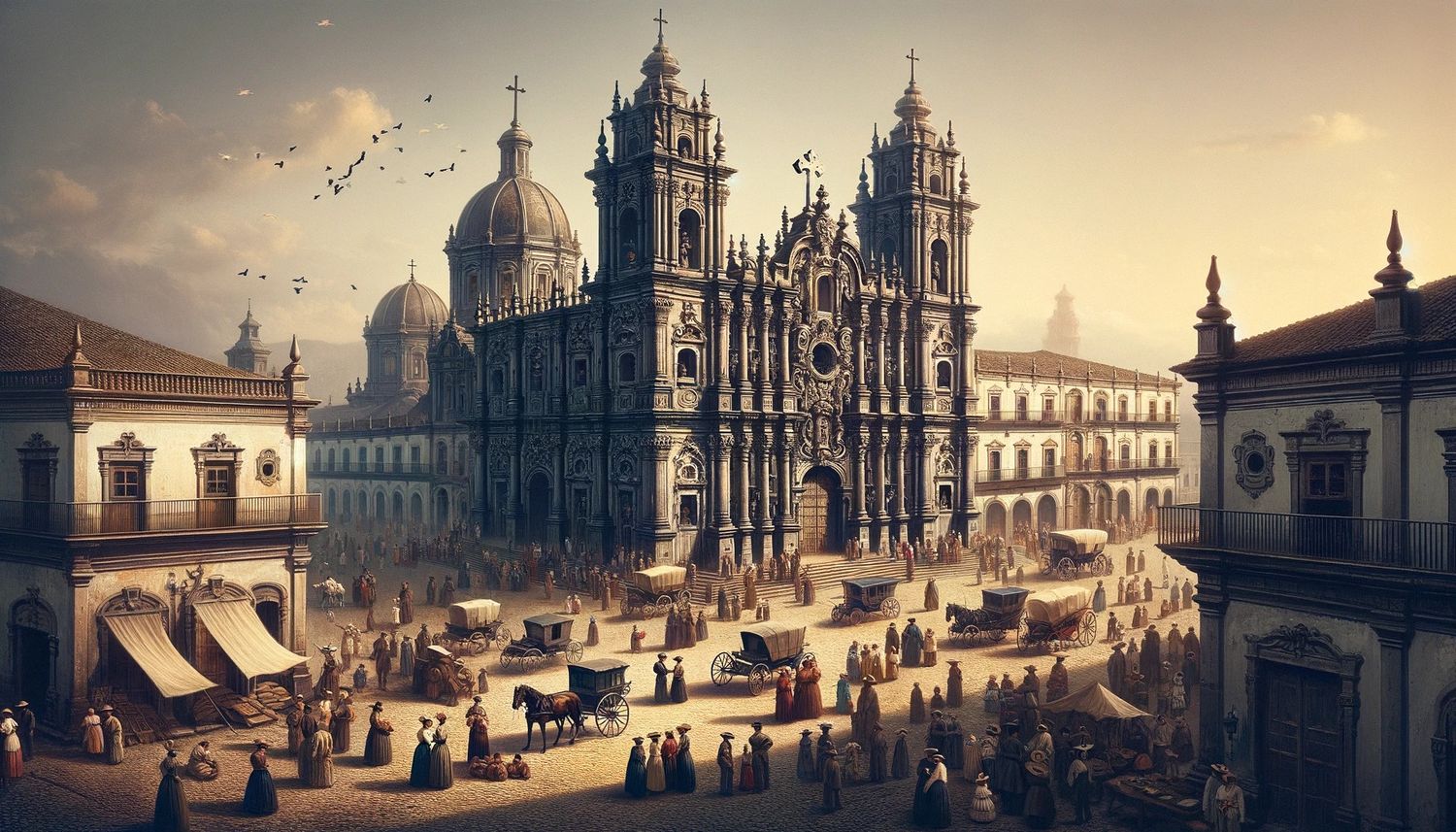

Theology and Spirituality
Why Is Catholicism A Major Religion Practiced In Latin America
Published: February 17, 2024
Ericka Andersen, an editor at Christian.net, expertly merges digital strategy with content creation, focusing on faith and societal issues. Her communication skills enhance the platform's engaging narratives, fostering meaningful dialogue on belief's impact on society.
Discover the influence of Catholicism in Latin America and its significance in theology and spirituality. Explore the reasons behind its widespread practice in the region.
(Many of the links in this article redirect to a specific reviewed product. Your purchase of these products through affiliate links helps to generate commission for Christian.net, at no extra cost. Learn more)
Table of Contents
- Introduction
- Historical Background of Catholicism in Latin America
- Influence of Spanish and Portuguese Colonization
- Syncretism with Indigenous Beliefs
- Role of Catholic Church in Shaping Latin American Culture
- Social and Political Impact of Catholicism in Latin America
- Challenges and Changes in Contemporary Catholicism in Latin America
- Conclusion
Introduction
Catholicism holds a significant place in the religious and cultural landscape of Latin America, shaping the beliefs, traditions, and values of millions of people across the region. The presence of Catholicism in Latin America is deeply rooted in history, intertwined with the complex tapestry of colonization, indigenous spirituality, and the enduring influence of the Catholic Church.
From the vibrant streets of Mexico City to the lush landscapes of Brazil, the echoes of Catholic rituals and traditions resonate throughout Latin America, underscoring the profound impact of this faith on the lives of individuals and the collective identity of diverse communities. As we delve into the historical, cultural, and spiritual dimensions of Catholicism in Latin America, we will uncover the intricate threads that have woven this religious tradition into the fabric of the region's societal and cultural tapestry.
Read more: What Are The Major Beliefs Of Catholicism
Historical Background of Catholicism in Latin America
The historical roots of Catholicism in Latin America can be traced back to the early days of European colonization. In the 15th and 16th centuries, Spanish and Portuguese explorers embarked on voyages to the New World, bringing with them not only their ambitions for territorial expansion but also their fervent religious convictions. As these colonial powers established dominion over vast territories in the Americas, they sought to propagate the Catholic faith among the indigenous populations they encountered.
The arrival of Spanish conquistadors in present-day Mexico and South America marked a pivotal juncture in the spread of Catholicism across the region. Accompanying the conquistadors were missionaries, who viewed the conversion of indigenous peoples to Catholicism as a fundamental aspect of their mission. These missionaries, often members of religious orders such as the Franciscans, Dominicans, and Jesuits, played a central role in disseminating the tenets of Catholicism and establishing the institutional presence of the Church in the New World.
One of the enduring legacies of this early period of colonization is the construction of grand cathedrals, monasteries, and churches that stand as architectural marvels to this day. These structures not only served as centers of worship but also symbolized the permanence of Catholicism in the New World, leaving an indelible imprint on the physical and spiritual landscapes of Latin America.
The Spanish and Portuguese crowns, in collaboration with the Catholic Church, implemented a system known as the "spiritual conquest," which aimed to Christianize the indigenous populations and integrate them into the socio-religious framework of Catholicism. This process, however, was not devoid of complexities and contradictions, as it often involved the suppression of indigenous spiritual practices and the imposition of European religious norms.
The historical backdrop of Catholicism in Latin America is thus characterized by a complex interplay of religious zeal, cultural encounters, and power dynamics, which have profoundly shaped the religious identity of the region. This rich historical tapestry continues to influence the practice of Catholicism in Latin America, serving as a testament to the enduring legacy of faith in the New World.
Influence of Spanish and Portuguese Colonization
The influence of Spanish and Portuguese colonization on the spread of Catholicism in Latin America cannot be overstated. As the conquistadors embarked on their ambitious expeditions to the New World, they carried with them not only the banners of their respective crowns but also the cross of Christianity. The fervent zeal to expand the dominion of the Catholic faith became intertwined with the pursuit of territorial conquest, shaping the course of history in profound ways.
Spanish conquistadors, led by figures such as Hernán Cortés and Francisco Pizarro, ventured into the territories of present-day Mexico, Central America, and South America, encountering diverse indigenous civilizations along the way. The imposition of Spanish colonial rule brought about a systematic effort to Christianize the native populations, often through coercive means. The Spanish crown, in collaboration with the Catholic Church, sought to establish a religious and cultural hegemony that would solidify the presence of Catholicism in the New World.
Similarly, Portuguese explorers, including the renowned navigator Vasco da Gama, set sail for the shores of Brazil, where they laid the foundations of Portuguese colonial rule. The propagation of Catholicism in Brazil mirrored the efforts undertaken by the Spanish in other parts of Latin America, as missionaries and colonial authorities worked in tandem to evangelize the indigenous peoples and integrate them into the Catholic fold.
The impact of Spanish and Portuguese colonization extended beyond the realm of religious conversion, permeating the social, political, and economic structures of the colonized territories. The encomienda system, for instance, established a coercive labor system that exploited indigenous labor for the benefit of the colonial powers and the Church. This entwinement of religious and secular authority underscored the pervasive influence of Catholicism in shaping the power dynamics of colonial Latin America.
The enduring legacy of Spanish and Portuguese colonization is evident in the architectural marvels of grand cathedrals, churches, and monasteries that dot the Latin American landscape. These structures stand as tangible testaments to the enduring imprint of Catholicism, serving as focal points for religious worship and cultural expression.
The influence of Spanish and Portuguese colonization, with its complex interplay of religious fervor, territorial expansion, and cultural encounters, has left an indelible mark on the religious identity of Latin America. The enduring presence of Catholicism in the region stands as a testament to the enduring legacy of this historical legacy.
Syncretism with Indigenous Beliefs
The encounter between Catholicism and indigenous belief systems in Latin America gave rise to a complex process of syncretism, wherein elements of both religious traditions intertwined and coalesced, giving birth to unique forms of spiritual expression. This syncretic fusion, often manifested in religious rituals, iconography, and spiritual practices, reflects the intricate interplay between Catholicism and indigenous spirituality, shaping the religious landscape of the region in profound ways.
One of the most notable manifestations of syncretism is found in the veneration of Catholic saints, which became intertwined with indigenous deities and spiritual entities. This syncretic blending gave rise to a rich tapestry of religious syncretism, wherein Catholic saints came to embody and represent aspects of indigenous spiritual beings. For example, the veneration of the Virgin of Guadalupe in Mexico, a syncretic figure that embodies elements of the pre-Columbian goddess Tonantzin, exemplifies the dynamic interweaving of Catholicism and indigenous spirituality.
Furthermore, the incorporation of indigenous rituals and ceremonies into Catholic religious practices exemplifies the syncretic nature of religious expression in Latin America. Traditional indigenous ceremonies, such as offerings to the earth and celestial deities, were often integrated into Catholic rituals, allowing for the preservation of indigenous spiritual traditions within the framework of Catholicism. This syncretic fusion not only facilitated the conversion of indigenous populations to Catholicism but also provided a means for the continuity of indigenous spiritual practices in a transformed guise.
The visual arts also served as a powerful medium for the expression of syncretism, as indigenous artistic traditions merged with European religious iconography to create a distinctive visual language. The vibrant retablos, or devotional paintings, and sculptures produced by indigenous artists reflect the fusion of Catholic imagery with indigenous artistic sensibilities, giving rise to a unique visual aesthetic that embodies the syncretic spirit of Latin American religious expression.
The syncretic fusion of Catholicism and indigenous beliefs in Latin America underscores the resilience and adaptability of religious traditions in the face of cultural encounters. This syncretic tapestry, woven from the threads of Catholicism and indigenous spirituality, continues to shape the religious landscape of Latin America, serving as a testament to the enduring legacy of syncretism in the region.
Role of Catholic Church in Shaping Latin American Culture
The Catholic Church has played a pivotal role in shaping the cultural landscape of Latin America, exerting a profound influence on the beliefs, traditions, and societal norms of the region. From the early days of colonization to the present day, the Catholic Church has been intricately woven into the fabric of Latin American society, leaving an indelible imprint on the collective identity of the people.
One of the primary ways in which the Catholic Church has shaped Latin American culture is through its role as a custodian of religious traditions and rituals. The Church's presence, marked by grand cathedrals, churches, and religious processions, has served as a focal point for communal worship and spiritual expression. The celebration of religious festivals, such as Semana Santa (Holy Week) and the Feast of Our Lady of Guadalupe, has become deeply ingrained in the cultural tapestry of Latin America, uniting communities in shared religious observances.
Furthermore, the Catholic Church has been a driving force in the promotion of education, healthcare, and social welfare across Latin America. Missionary orders and religious congregations have established schools, hospitals, and charitable organizations, contributing to the development of social infrastructure and the provision of essential services to marginalized communities. The Church's commitment to social justice and humanitarian aid has left an enduring legacy, shaping the ethos of compassion and solidarity within Latin American societies.
Moreover, the Catholic Church has been a significant patron of the arts, fostering a rich tradition of religious art, music, and architecture in Latin America. The visual arts, including religious paintings, sculptures, and architectural masterpieces, bear the unmistakable imprint of Catholic patronage, serving as a testament to the fusion of religious devotion and artistic expression. The harmonious blend of European artistic traditions with indigenous influences has given rise to a vibrant visual culture that reflects the syncretic spirit of Latin American Catholicism.
In addition, the Catholic Church has been a vocal advocate for social and political change, often championing causes related to human rights, environmental stewardship, and economic equity. The Church's moral authority and ethical teachings have contributed to shaping public discourse and influencing policy decisions, addressing issues of inequality and injustice within Latin American societies.
The multifaceted role of the Catholic Church in shaping Latin American culture underscores its enduring impact on the spiritual, social, and artistic dimensions of the region. The rich tapestry of religious traditions, cultural expressions, and societal values bears the unmistakable imprint of the Catholic Church, reflecting the profound intertwining of faith and culture in Latin America.
Social and Political Impact of Catholicism in Latin America
The social and political impact of Catholicism in Latin America has been profound, permeating the fabric of societies and influencing the course of political developments across the region. From the colonial era to the present day, the Catholic Church has wielded significant influence, shaping social structures, advocating for human rights, and engaging in political discourse.
During the colonial period, the Catholic Church served as a pillar of the Spanish and Portuguese colonial administrations, exerting considerable influence over the indigenous populations and serving as a conduit for the propagation of European cultural and religious norms. The Church's role in the encomienda system, while entwined with the coercive aspects of colonial rule, also provided a framework for the protection of indigenous rights and the promotion of social welfare within the colonial society.
In the post-colonial era, the Catholic Church continued to play a pivotal role in shaping social and political dynamics across Latin America. The Church's advocacy for social justice and human rights, often articulated through the lens of liberation theology, contributed to the mobilization of marginalized communities and the critique of oppressive political regimes. Figures such as Archbishop Óscar Romero of El Salvador and Dom Hélder Câmara of Brazil emerged as prominent voices for social change, challenging the status quo and advocating for the rights of the poor and disenfranchised.
Moreover, the Catholic Church has been a vocal advocate for democratic governance and the protection of civil liberties in Latin America. In countries such as Argentina and Chile, the Church played a pivotal role in denouncing human rights abuses during periods of authoritarian rule, providing sanctuary to political dissidents, and advocating for the restoration of democratic institutions.
The Church's engagement in political affairs, while at times contentious, has reflected a commitment to the promotion of human dignity, social equity, and the common good. The ethical teachings of the Church have contributed to shaping public policies and fostering a culture of civic engagement, underscoring the enduring impact of Catholicism on the political landscape of Latin America.
The social and political impact of Catholicism in Latin America continues to resonate in contemporary times, as the Church grapples with issues of poverty, inequality, and the protection of human rights. The legacy of Catholic social teachings, coupled with the Church's advocacy for the marginalized, serves as a testament to the enduring influence of Catholicism on the social and political dynamics of the region.
Challenges and Changes in Contemporary Catholicism in Latin America
In contemporary Latin America, Catholicism faces a myriad of challenges and undergoes significant changes that reflect the evolving social, cultural, and religious landscape of the region. One of the foremost challenges confronting the Catholic Church in Latin America is the rise of secularism and the increasing influence of non-religious worldviews. As the region experiences rapid urbanization and modernization, traditional religious practices are being challenged by alternative belief systems and a growing emphasis on individual autonomy. This shift poses a fundamental challenge to the Church's historical dominance in shaping the spiritual and moral compass of Latin American societies.
Furthermore, the Catholic Church in Latin America grapples with internal challenges related to clergy sexual abuse scandals, which have eroded trust in the institution and raised profound questions about accountability and transparency. These scandals have prompted a reevaluation of the Church's hierarchical structures and its approach to addressing cases of abuse, compelling the institution to confront its failings and work towards meaningful reforms to restore credibility and moral authority.
In response to these challenges, contemporary Catholicism in Latin America is witnessing notable changes in its approach to engaging with diverse social issues. The Church is increasingly vocal in advocating for environmental stewardship, economic justice, and the rights of marginalized communities, aligning its teachings with pressing contemporary concerns. This shift reflects a broader reorientation towards addressing societal inequalities and promoting a message of inclusivity and compassion, resonating with the aspirations of a changing Latin American society.
Moreover, the Catholic Church in Latin America is experiencing a renewal of grassroots movements and lay-led initiatives that seek to revitalize religious practices and foster a more participatory and inclusive faith community. These movements, often characterized by a spirit of social activism and community engagement, reflect a desire to reinvigorate the Church's relevance in the lives of ordinary people and respond to the complex realities of contemporary Latin America.
In navigating these challenges and changes, the Catholic Church in Latin America is at a pivotal juncture, seeking to adapt to the evolving needs of its diverse congregations while upholding its core spiritual and ethical principles. The dynamic interplay of tradition and transformation underscores the resilience and adaptability of Catholicism in Latin America, as it continues to shape and be shaped by the complex tapestry of the region's religious and cultural dynamics.
Conclusion
In conclusion, the presence of Catholicism in Latin America is deeply intertwined with the region's historical, cultural, and spiritual identity. From the early days of Spanish and Portuguese colonization to the contemporary era marked by social and religious transformations, Catholicism has left an indelible imprint on the religious landscape of Latin America. The historical legacy of Catholicism in the region, shaped by the complex interplay of colonization, syncretism, and social activism, underscores the enduring influence of the Catholic Church on the lives of millions of people across Latin America.
The syncretic fusion of Catholicism with indigenous beliefs has given rise to a rich tapestry of religious expression, exemplifying the resilience and adaptability of religious traditions in the face of cultural encounters. The role of the Catholic Church in shaping Latin American culture, from its patronage of the arts to its advocacy for social justice, reflects a multifaceted engagement with the societal and cultural dynamics of the region.
Furthermore, the social and political impact of Catholicism in Latin America, evidenced by its advocacy for human rights and democratic governance, underscores the Church's commitment to the promotion of human dignity and the common good. The challenges and changes facing contemporary Catholicism in Latin America, from the rise of secularism to the renewal of grassroots movements, reflect a dynamic process of adaptation and reinvigoration within the Church.
As Latin America continues to navigate the complexities of modernity and cultural diversity, the enduring presence of Catholicism serves as a testament to the resilience and adaptability of religious traditions in shaping the spiritual, social, and cultural dynamics of the region. The Catholic Church, with its rich historical legacy and ongoing engagement with contemporary challenges, remains a central pillar of Latin American society, contributing to the collective tapestry of faith, culture, and social justice in the region.

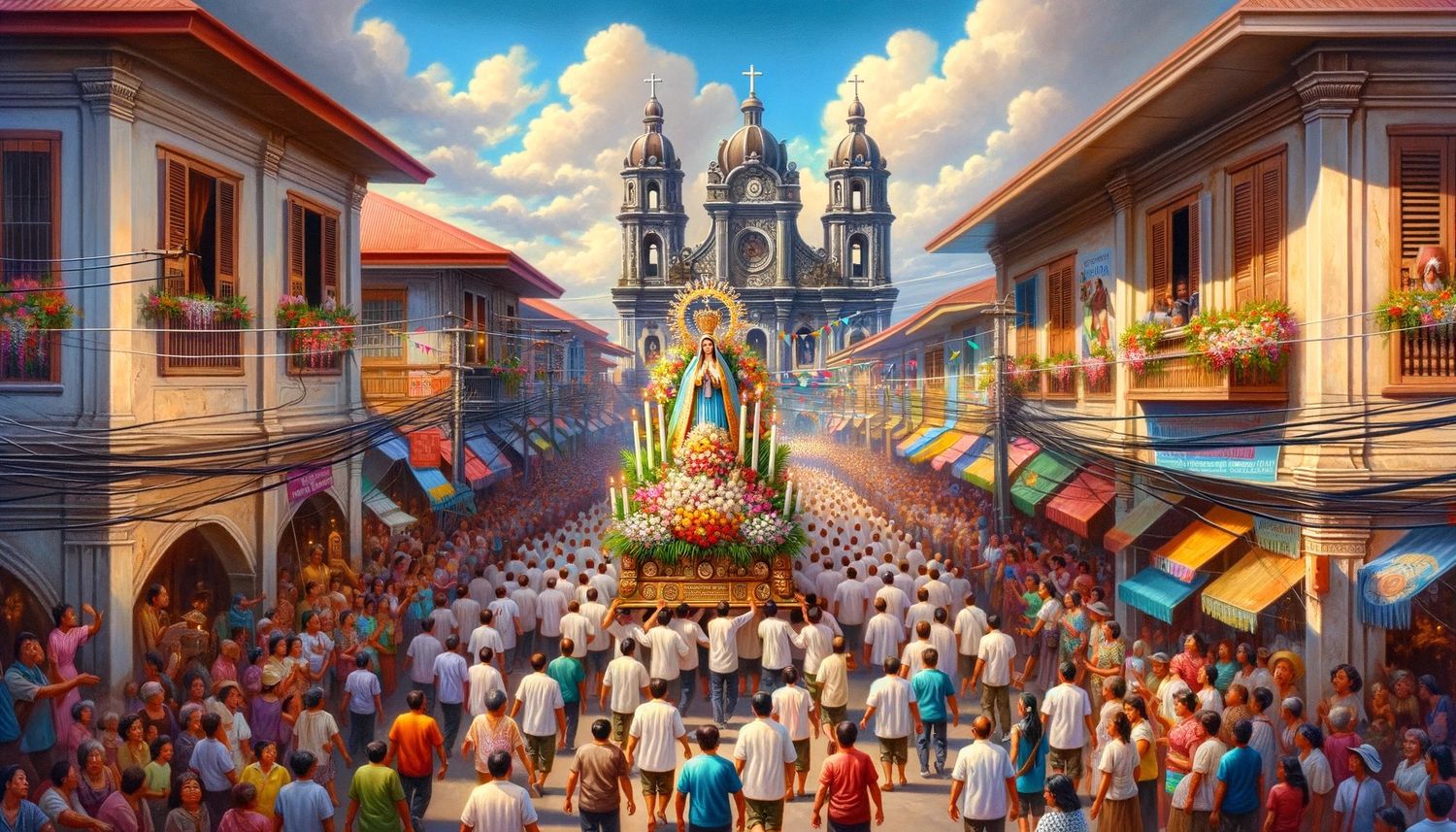
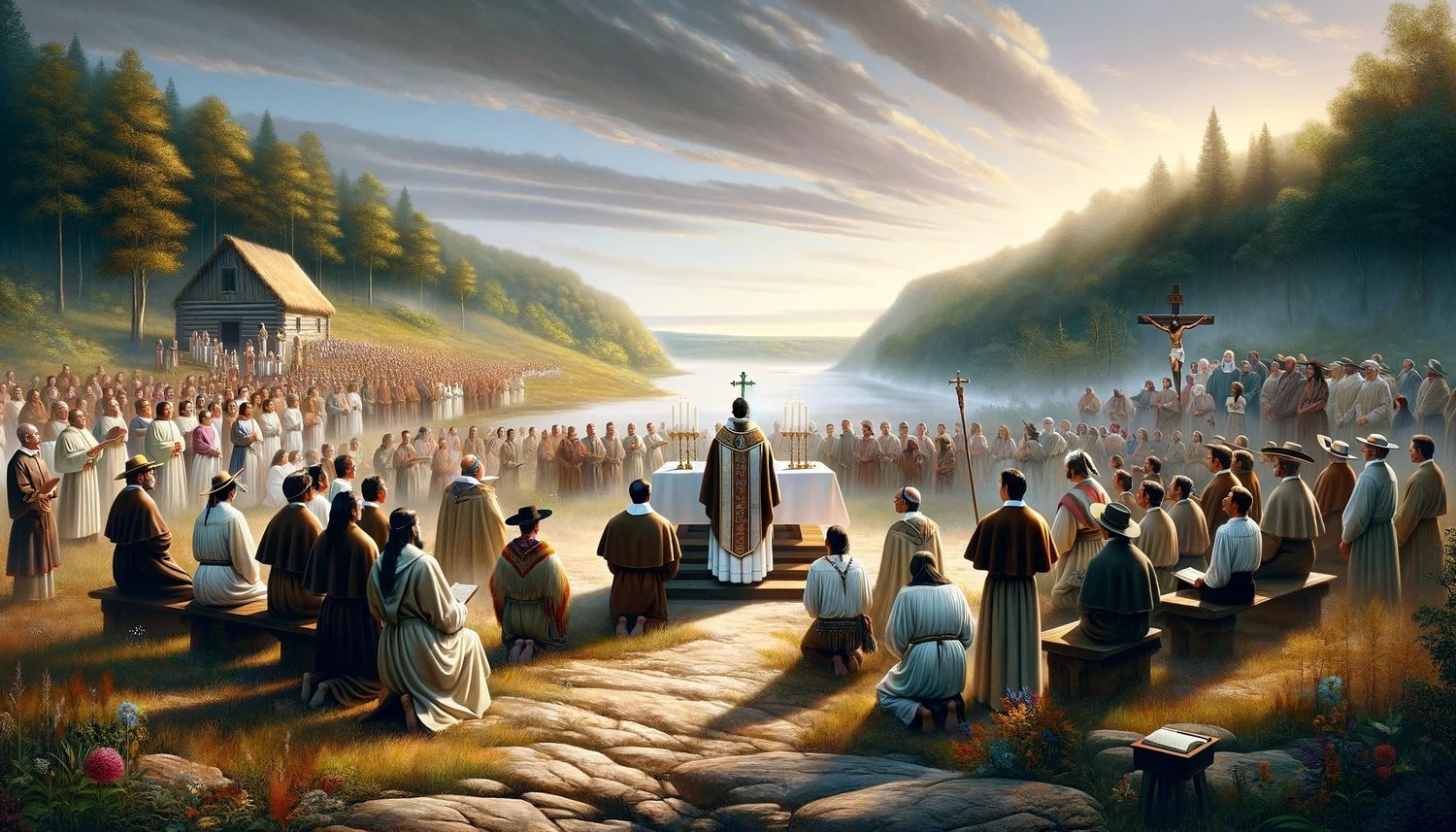
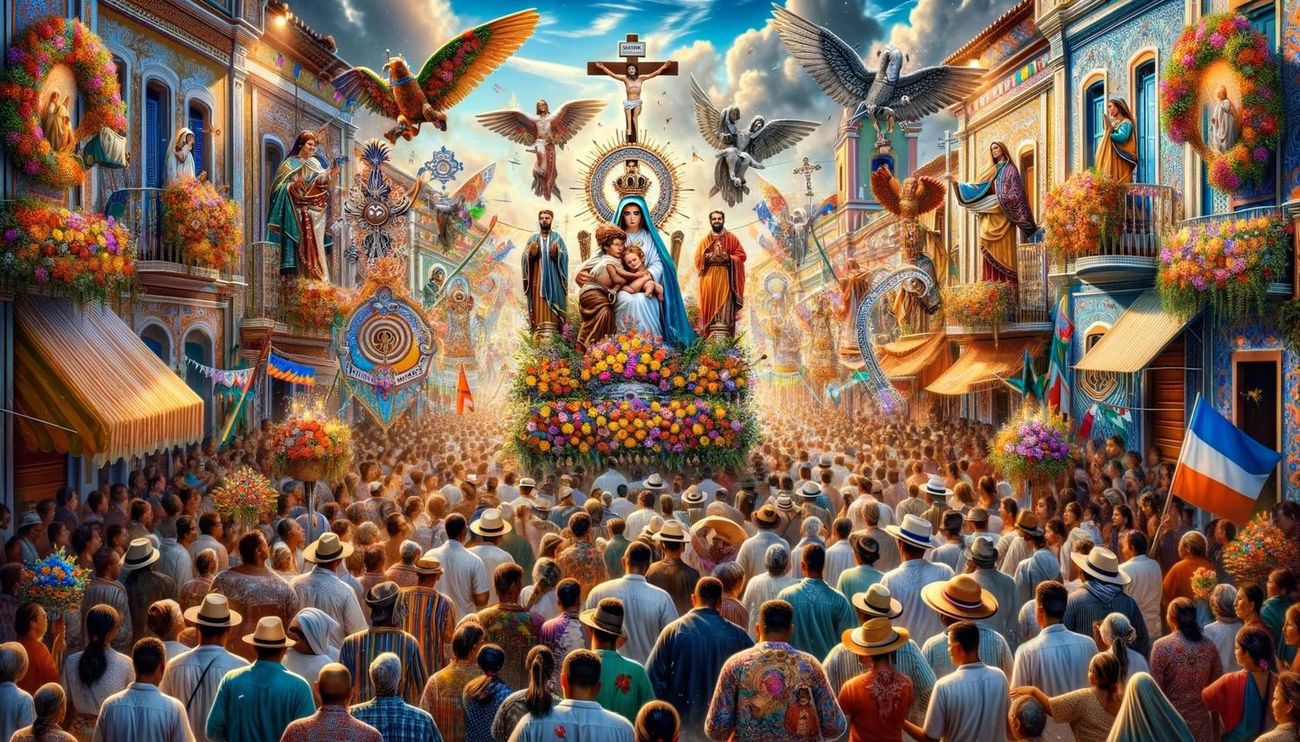
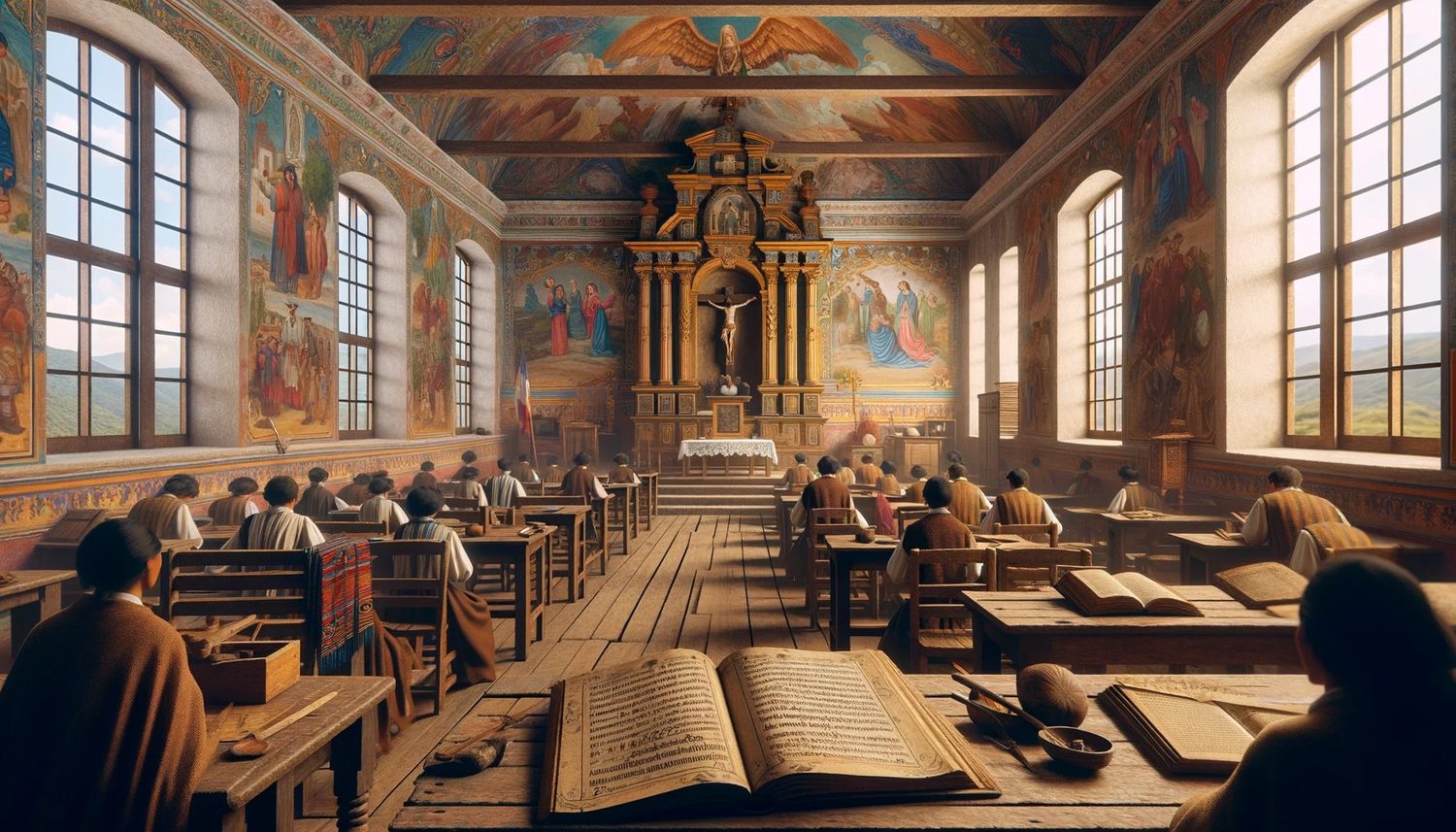
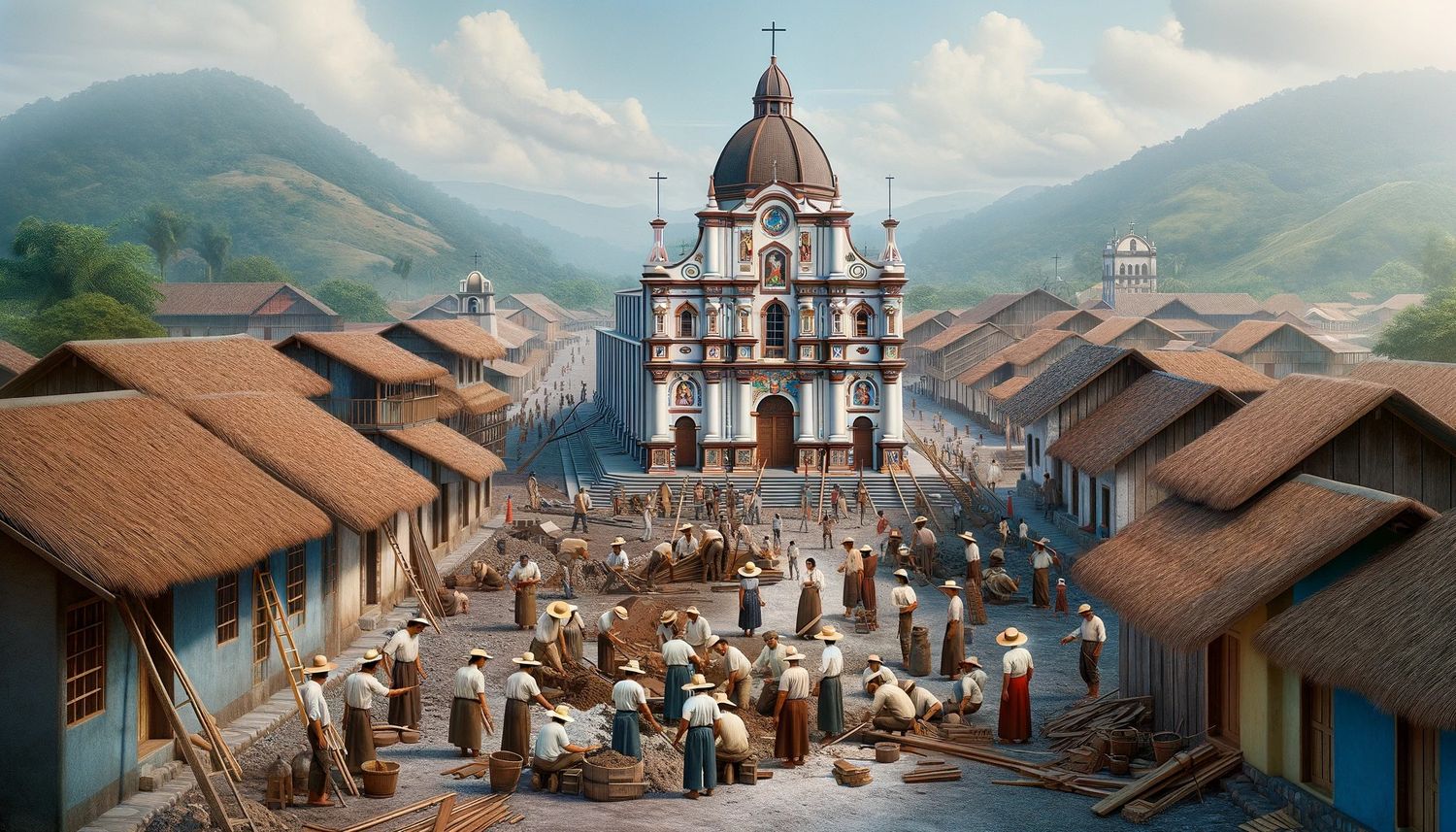
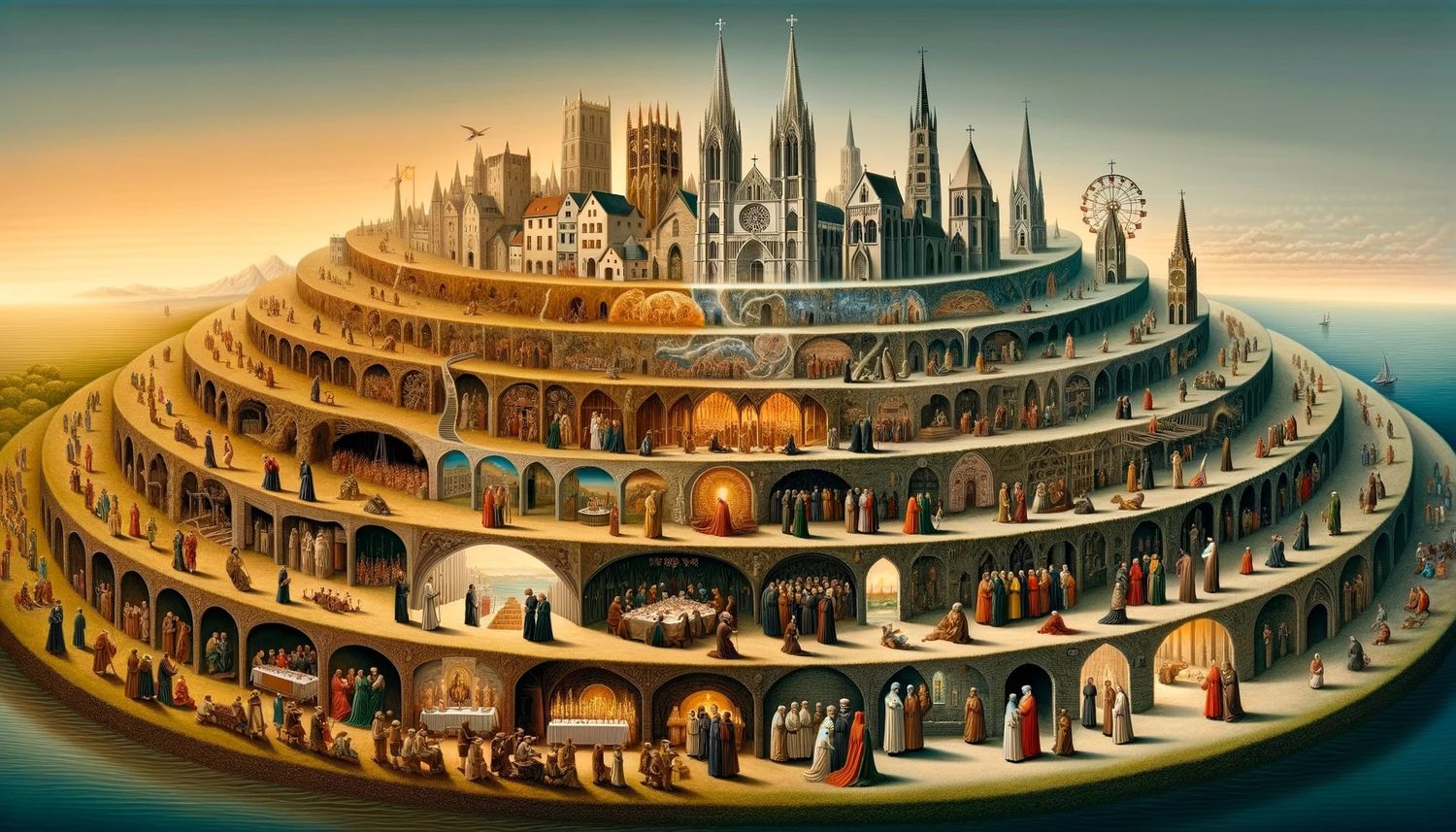
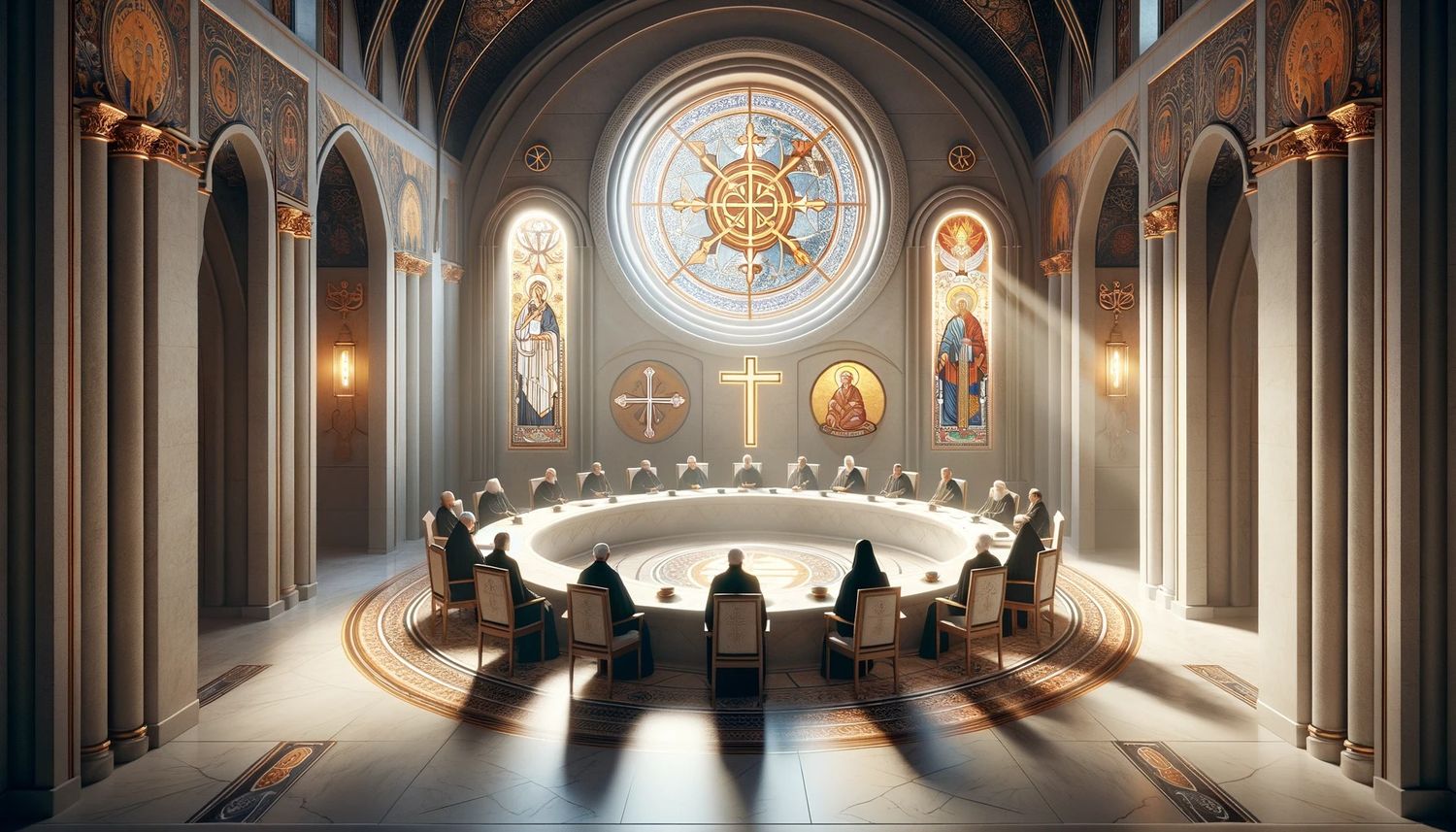
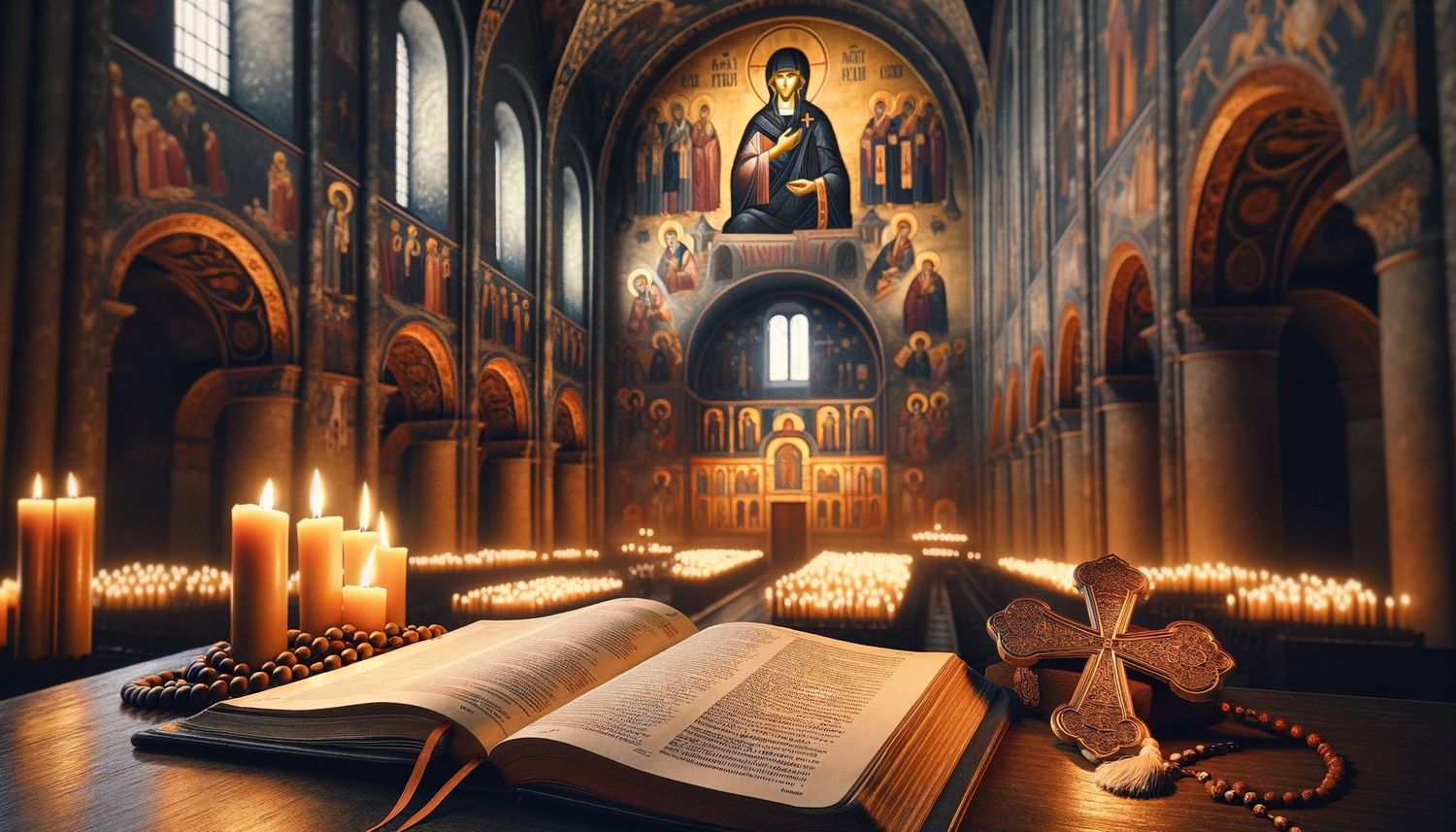






Read more: What Is The Only Country In Asia Where Catholicism Is The Majority Religion?